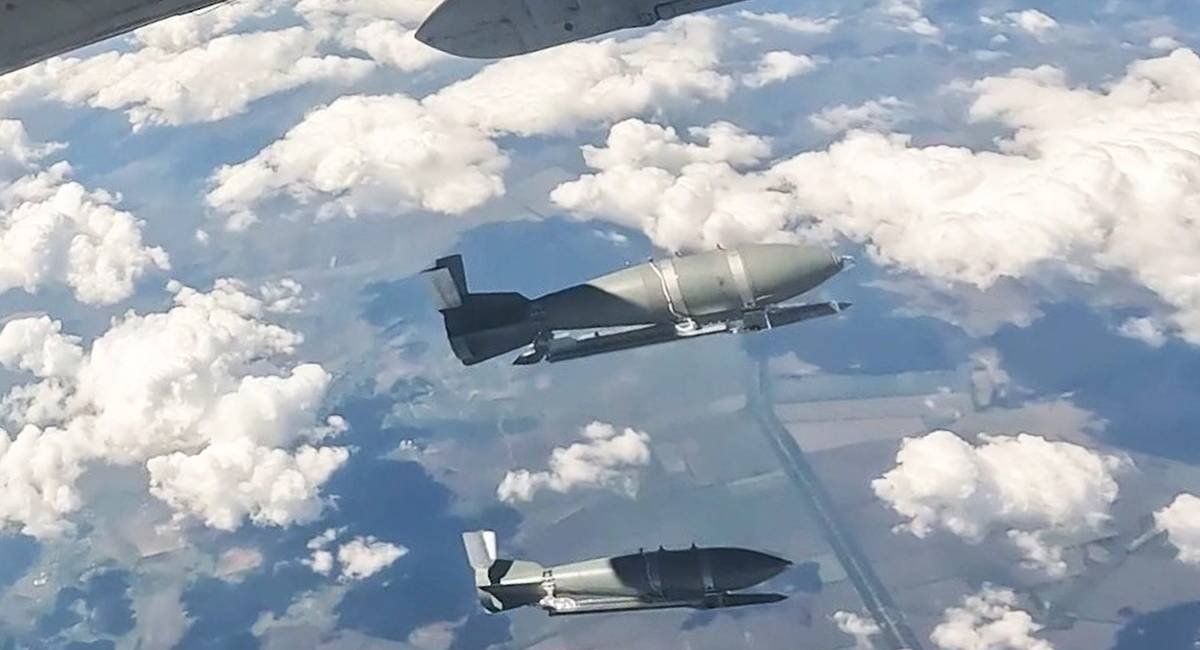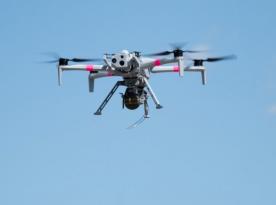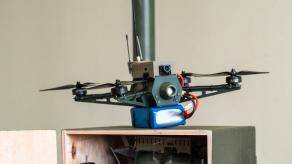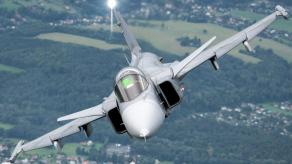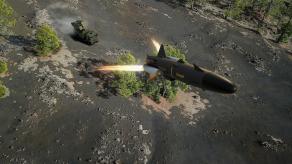At the beginning of February this year, under the leadership of NATO’s Allied Command Transformation, the 15th Innovation Challenge was launched to find solutions against so-called glide bombs - primarily the UMPK kits that russia actively employs. The competition recently concluded successfully, recognizing three participants who proposed the most effective solutions and secured support from NATO’s innovation ecosystem.
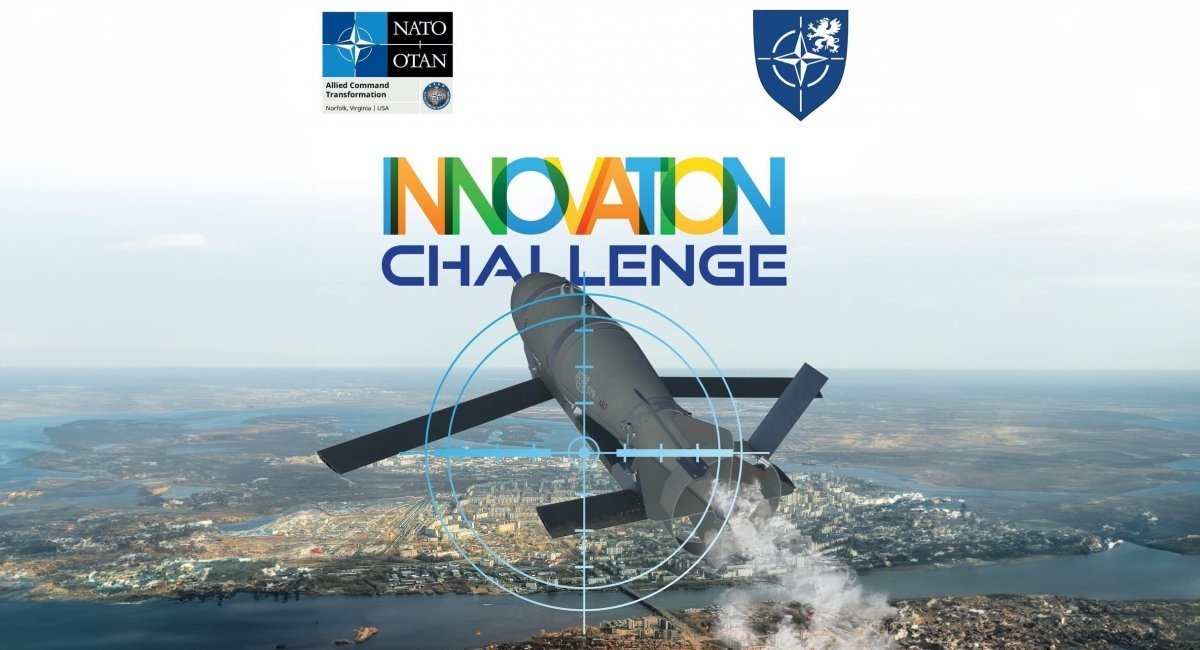
The French company Alta Ares took first place with its artificial intelligence-based solution for detecting, identifying, and predicting the flight trajectory of glide bombs. According to reports, the company adapted an existing system - originally designed for reconnaissance missions in Ukraine - to address this new challenge.
Read more: Meet the Hellhound S3, a Strike Drone With Printed Parts Flying at 600 km/h
The system uses artificial intelligence algorithms to process video and acoustic data. It supports two key functions: alerting troops in the predicted impact zone so they can activate electronic warfare (EW) systems and take cover, as the bomb will no longer be able to ensure precise targeting. Additionally, the system allows for predicting potential Russian attack directions for preemptive action.
Second place went to the German startup Tytan Technology, which proposed its Tytan anti-aircraft drone for intercepting glide bombs. This drone has already demonstrated the ability to shoot down UAVs. Notably, its testing began in Ukraine as early as December 2024. The drone, featuring low production costs, has a range of over 15 km, a speed of more than 250 km/h, and a 1 kg warhead. Machine vision is responsible for target guidance.
Third place was awarded to another French contender, the startup Atreyd, which proposed creating an autonomous swarm of kamikaze drones. The concept involves forming a "wall of drones" to intercept glide bombs in flight using an ultrasonic detection and targeting system.
According to NATO’s Supreme Allied Commander Transformation, Pierre Vandier, a total of 13 proposals advanced to the final round out of 40 submissions. The three winning solutions “received high praise from Ukraine for meeting current needs,” with one of the jury members being a Ukrainian serviceman currently on the front lines.
In addition to teams from NATO countries, one of the finalists was the Ukrainian team Night Watch, despite the competition not having publicly announced the possibility of participation for non-Allied companies. Notably, Ukraine’s Night Watch Lima system - a specialized electronic warfare (EW) system designed to counter glide bombs - is publicly known.
Neutralizing Glide Bombs: An Innovation Challenge to support UkraineOn March 27, 2025, at @NATO_JFTC (Bydgoszcz, Poland), #NATO gathered military experts, innovators, and Ukrainian reps to tackle a major threat: glide bombs, a scourge on Ukraine’s frontlines.Led by @NATO_ACT,… pic.twitter.com/M1X7esNELJ— NATO Supreme Allied Commander Transformation SACT (@NATO_SACT) March 31, 2025
Interestingly, when it came to kinetic countermeasures, most teams focused on drones, particularly swarm-based approaches. One of the systems allowed simultaneous control of 200 drones while maintaining minimal production costs. Additionally, significant attention was given to EW systems aimed at disrupting targeting accuracy, since russian glide bombs rely on satellite navigation. It was also noted that one AI-powered EW system has already demonstrated outstanding effectiveness in combat conditions.
The proposal to use microwave energy to disable electronics was also mentioned. However, combat lasers were not mentioned at all, which strongly suggests that deploying such weapons in the short term is unrealistic.
Additionally, Pierre Vandier has already announced the next topic for the Innovation Challenge in June 2025 - countering fiber-optic-controlled drones.
Read more: Why russia Uses Fewer Glide Bombs in Ukraine and Why It's Too Early to Jump to Conclusions




